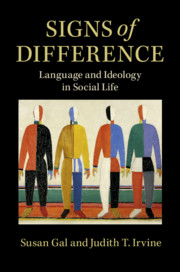2 - German-Hungarians in Hungary
from Part I - Ethnography
Published online by Cambridge University Press: 17 June 2019
Summary
Based on ethnographic materials and published sources, the chapter describes expressive forms of German-Hungarian bilinguals in a Hungarian town who distinguished two contrasting people types: farmers and artisans. Farmers were seen as restrained, artisans as expansive elaborators. Two forms of German used in town displayed these differences: farmer-German (Bäuerisch) was more plain, while artisan-German (Handwerkerisch) was more elaborate. The differences were explained as the result of distinct values pursued by each category. The farmers were seen to value saving in order to amass land; artisans’ activities were seen to value aesthetic and interactional skills. Landless laborers were erased from this ideologized view. The distinctions were recursively projected inward from occupational categories to individuals. At larger scales, they were recursively projected outward, organizing differences between the town and neighboring villages, and between German speakers and Hungarian speakers, wherever found. Nationalist language policies after the Second World War challenged the local ideology, but similar ideological process were used to (re)interpret the newer developments.
- Type
- Chapter
- Information
- Signs of DifferenceLanguage and Ideology in Social Life, pp. 58 - 84Publisher: Cambridge University PressPrint publication year: 2019



